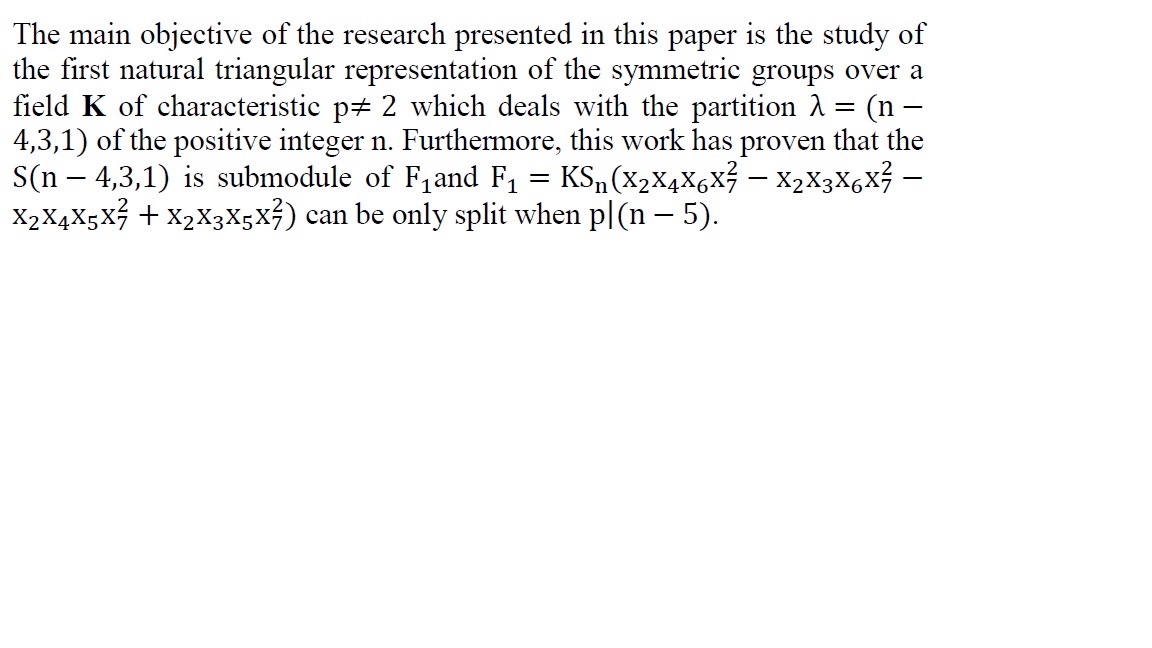A fault is an error that has effects on system behaviour. A software metric is a value that represents the degree to which software processes work properly and where faults are more probable to occur. In this research, we study the effects of removing redundancy and log transformation based on threshold values for identifying faults-prone classes of software. The study also contains a comparison of the metric values of an original dataset with those after removing redundancy and log transformation. E-learning and system dataset were taken as case studies. The fault ratio ranged from 1%-31% and 0%-10% for the original dataset and 1%-10% and 0%-4% after removing redundancy and log transformation, respectively. These results impacted directly the number of classes detected, which ranged between 1-20 and 1-7 for the original dataset and 1-7 and 0-3) after removing redundancy and log transformation. The Skewness of the dataset was deceased after applying the proposed model. The classified faulty classes need more attention in the next versions in order to reduce the ratio of faults or to do refactoring to increase the quality and performance of the current version of the software.
DBN Rashid, International Journal of Development in Social Sciences and Humanities, 2020
 (5)
(5)
 (1)
(1)
n this work, the effect of gamma rays on blood thinning drugs was studied using the drug (Aspirin), where gamma rays were spread with the drug using a radioactive source (Co60), and 15,000 grams of Aspirin were placed in the device (gamma chamber 900). The drug was subjected to different irradiation doses (5 KGy, 10 KGy, 15 KGy) and the amount of absorption of the drug was observed in the gamma for different doses and the study of x-rays. After confirming the absorption of the drug to radiation, the effect of the drug on blood thinning was calculated using the rat model and compared with the same drug and the same dose but without exposing the drug to radiation and comparing all results with the control group. The way drugs absorbed radiati
... Show More (1)
(1)
Background: Cancer is a lethal disease that results from a multifactorial process. Progression into carcinogenesis and an abnormal cell proliferation can occur due to the micro and macro environment as well as genetic mutations and modifications. In this review, cancer and the microbiota – mainly bacteria that inhabit the tumour tissue – have been discussed. The positive and negative impacts of the commensal bacteria on tumours being protective or carcinogenic agents, respectively, and their strategies have also been described. Methods: Related published articles written in English language were searched from Google Scholar, PubMed, Mendeley suggestions, as well as Google search using a combination of the keywords ‘Microbiota, commens
... Show MoreThe definition of orthogonal generalized higher k-derivation is examined in this paper and we introduced some of its related results.


